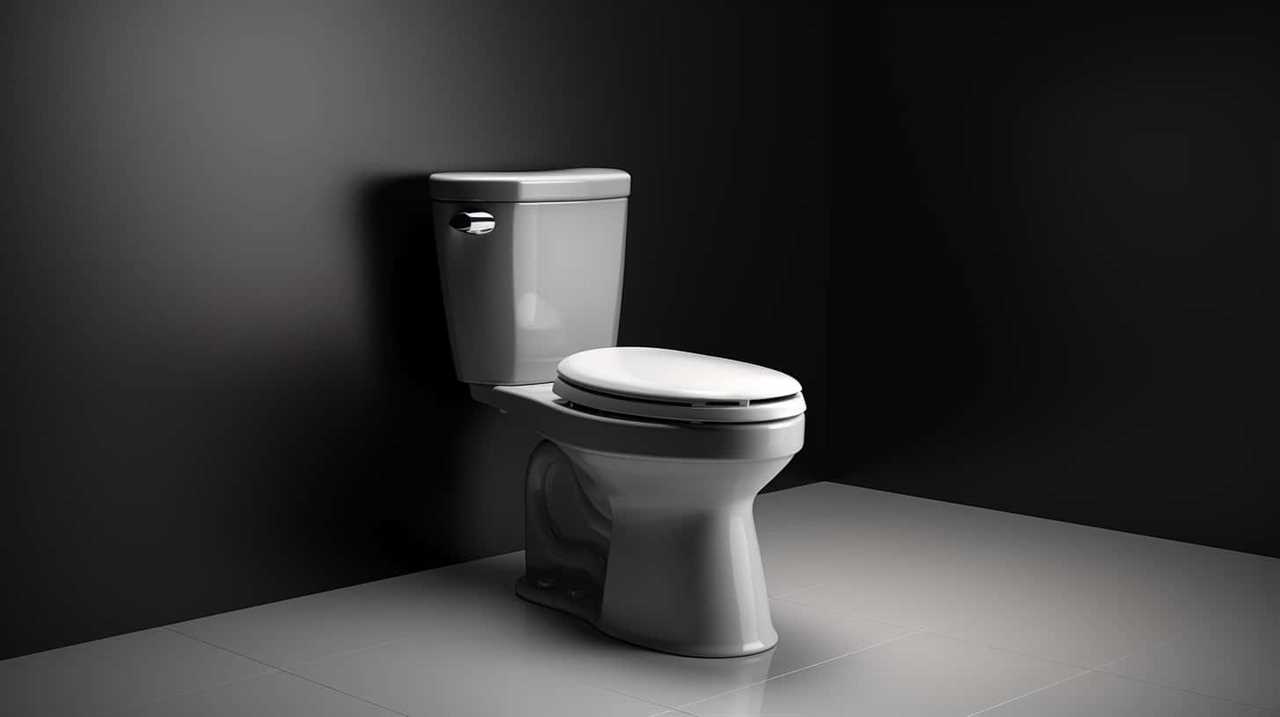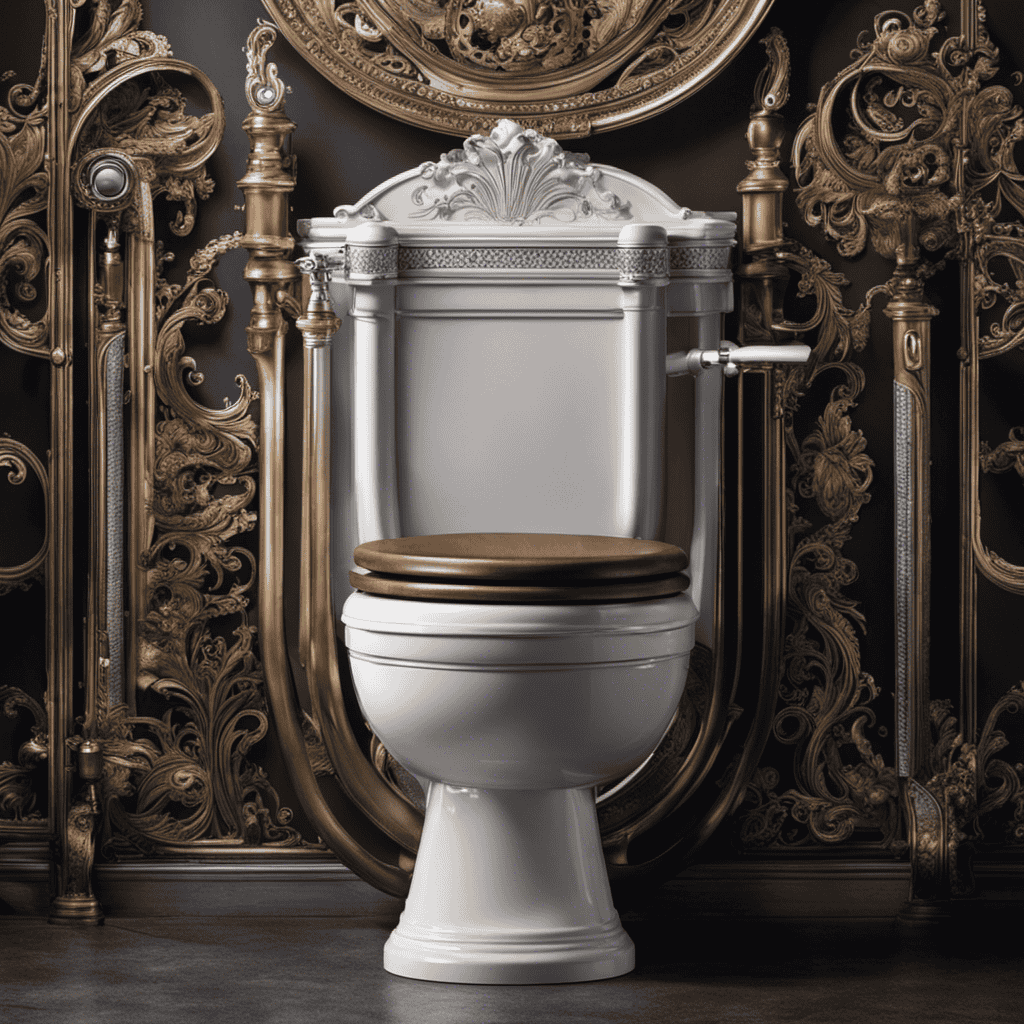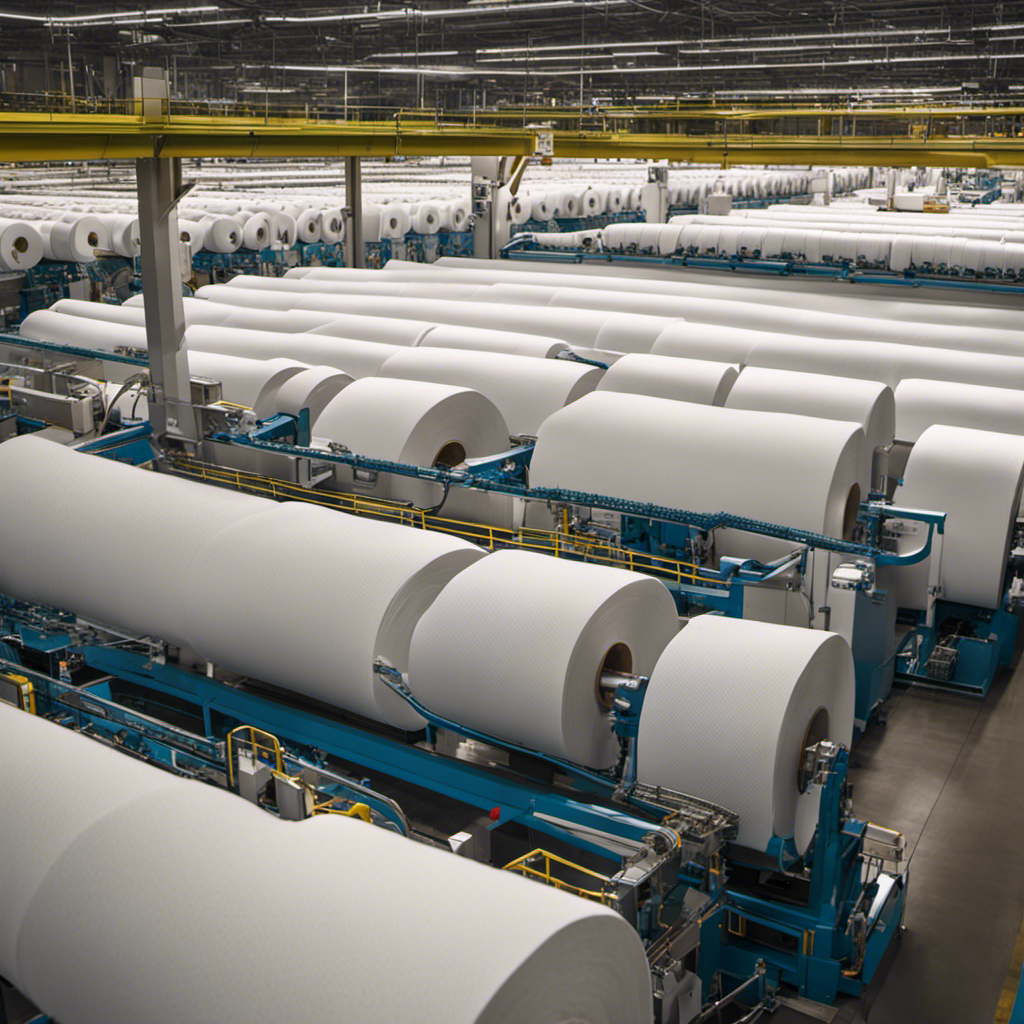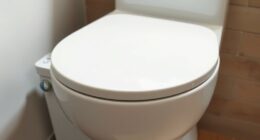Were you aware that disposing of a single tissue by flushing it can lead to significant problems? Indeed, it has the potential to disrupt our plumbing infrastructure severely, causing blockages, harming sewer pipelines, and might even result in ecological harm.
Not only that, but the cost of repairs can be significant, not to mention the risks to public health and the effects on the water treatment process.
So, it’s crucial that we understand the importance of proper disposal methods to avoid these problems altogether.
Key Takeaways
- Flushing tissues can cause clogging in plumbing pipes and toilets.
- Tissues are not designed to dissolve quickly in water, leading to potential damage and costly repairs.
- Flushing tissues can also damage sewer lines and lead to blockages and backups in the sewer system.
- Environmental consequences include water contamination, harm to wildlife, and difficulties in wastewater treatment.
Impact on Plumbing System
Flushing a single tissue can have a negative impact on our plumbing system. Even though it may seem harmless, the consequences can be significant.

One of the potential maintenance issues that can arise from flushing tissues is clogging. Tissues aren’t designed to dissolve quickly in water, unlike toilet paper, which is specifically made for that purpose. As a result, tissues can get stuck in the pipes, leading to blockages and backups. These clogs can be difficult and costly to fix, requiring professional intervention.
Additionally, the repeated flushing of tissues can put a strain on the plumbing system, potentially causing damage and reducing its lifespan.
To avoid these plumbing consequences, it’s important to only flush toilet paper and dispose of tissues in the trash.
Potential Clogging Issues
When tissues are flushed, they can cause potential clogging issues in our plumbing system due to their inability to dissolve quickly in water. This can lead to blockages and require costly repairs if not addressed promptly.

Here are some potential blockages that may occur:
- Accumulation in pipes: Tissues can accumulate in the pipes over time, creating a blockage that restricts the flow of water.
- Clogs in toilets: Flushing tissues down the toilet can cause clogs in the trap or the drain pipe, leading to backups and potential overflow.
To avoid these issues and ensure proper plumbing maintenance, it’s important to:
- Dispose of tissues in the trash can instead of flushing them.
- Educate household members about the proper disposal of tissues.
- Regularly inspect and clean the plumbing system to prevent blockages.
Damage to Sewer Lines
To further exacerbate the potential clogging issues discussed earlier, flushing even a single tissue can cause significant damage to our sewer lines.
Sewer lines are a vital part of our infrastructure, responsible for transporting wastewater away from our homes and businesses. However, they aren’t designed to handle anything other than human waste and toilet paper.

Flushing tissues can lead to blockages and backups in the sewer system, causing costly repairs and maintenance. The tissues can get caught on rough edges or tree roots within the pipes, leading to clogs that can impede the flow of wastewater.
Over time, this can result in serious infrastructure damage, requiring extensive repairs and replacements. Regular sewer maintenance is crucial to prevent these issues and ensure the smooth functioning of our sewer lines.
Environmental Consequences
Despite being a seemingly innocuous act, flushing even a single tissue can have detrimental environmental consequences. The contamination risks associated with flushing tissues are often overlooked, but they’re significant. Here are two sub-lists that delve into the environmental consequences of flushing tissues:
Contamination Risks:

- Tissues are made of cellulose fibers, which don’t break down easily in water. As a result, they can clog pipes and cause sewage backups, leading to overflows and contamination of water bodies.
- The chemicals used in tissue production, such as dyes and fragrances, can also pose environmental risks when they enter waterways through flushing. These chemicals can disrupt aquatic ecosystems and harm wildlife.
Filtration Systems:
- Municipal sewage treatment plants aren’t designed to effectively remove tissues from wastewater. This can result in clogged filters and increased maintenance costs.
- Upgrading filtration systems to handle tissues can be expensive and time-consuming. It requires retrofitting existing infrastructure or building new facilities, which can strain municipal budgets and delay improvements in wastewater treatment.
To mitigate the environmental consequences of flushing tissues, it’s crucial to raise awareness about proper disposal methods and invest in advanced filtration technologies.
Cost of Repairs
Repair expenses skyrocket when homeowners flush one tissue, leading to a significant financial burden.
The cost of repairs can include not only fixing the immediate plumbing issue but also addressing any damage caused to the sewage system or septic tank.

These expenses can quickly add up, causing homeowners to bear the brunt of the financial consequences.
Repair Expenses Skyrocket
Our repair expenses skyrocketed after flushing just one tissue down the toilet. The damage caused to our plumbing system was extensive, resulting in costly repairs that we hadn’t anticipated.
Here are the reasons why our repair expenses increased significantly:
- Pipe blockage: The tissue got stuck in the pipes, causing a blockage that required professional assistance to resolve.
- Water damage: The blockage led to water overflow, causing damage to the floors, walls, and ceilings, which needed repair and restoration.
The repair expenses associated with these issues were exorbitant, including the cost of labor, materials, and any additional repairs required.

The financial burden imposed by this simple act of flushing a tissue down the toilet was far greater than we could have imagined.
As a result, homeowners need to be aware of the potential consequences of flushing non-flushable items to avoid the financial burden that can arise from such mishaps.
Financial Burden for Homeowners
Experiencing such extensive damage to our plumbing system from flushing just one tissue down the toilet resulted in a significant financial burden for homeowners. The financial implications of this incident can be quite substantial.
Repairing the plumbing system can be a costly endeavor, as it may require replacing pipes, fixing leaks, and restoring water damage. Additionally, homeowners may also have to bear the cost of hiring professional plumbers to diagnose and fix the problem.

In some cases, insurance coverage might help alleviate the financial burden, but it’s important to note that not all policies cover damage caused by flushing inappropriate items down the toilet. Therefore, homeowners should carefully review their insurance policies to understand what’s covered and what isn’t to avoid any unexpected expenses.
Effects on Water Treatment Process
When a tissue is flushed down the toilet, it can pose significant risks to the water treatment process. Tissues aren’t designed to break down easily, and their presence can clog filtration systems, leading to reduced efficiency and increased maintenance costs.
Additionally, the contamination from tissues can affect the quality of the treated water, potentially compromising public health and safety.
Contamination Risks From Tissues
Flushing a tissue can introduce contamination risks into the water treatment process. When tissues are flushed down the toilet, they can break down and disintegrate, leading to several issues that can impact the water treatment process:

- Contamination prevention
- Tissues can contain chemicals, such as lotion or disinfectants, which can contaminate the water supply during the breakdown process.
- The breakdown of tissues can release microplastics into the water, which can also pose contamination risks.
- Tissue breakdown
- Tissues are designed to be durable and absorbent, making them resistant to quick breakdown. This can lead to clogging in the wastewater system and affect the efficiency of treatment processes.
- The breakdown of tissues can result in the formation of clumps or mats, which can interfere with the proper functioning of filters and other wastewater treatment equipment.
To ensure the effectiveness of the water treatment process and prevent contamination risks, it’s crucial to dispose of tissues properly in the trash bin.
Impact on Filtration Systems
Our filtration systems can be significantly affected by the flushing of tissues, causing disruptions in the water treatment process.
Tissues can clog the filtration system, reducing its efficiency and increasing maintenance requirements. When tissues enter the system, they can get caught in the filters, leading to blockages and reduced water flow.
This not only hampers the filtration process but also puts additional strain on the system, requiring more frequent cleaning and maintenance. The presence of tissues can also lead to increased wear and tear on the system, potentially requiring costly repairs.

To maintain optimal filtration efficiency and reduce maintenance requirements, it’s important to educate the public about the proper disposal of tissues and ensure that they aren’t flushed down the toilet.
Risks to Public Health
Using a single tissue can pose risks to our public health. It may seem harmless, but flushing a tissue can contribute to the spread of diseases and create potential health hazards. Here are two key risks to consider:
- Risks to individuals:
- Contamination: When tissues are flushed, they can come into contact with harmful bacteria or viruses. These pathogens can then be released into the water supply, potentially infecting individuals who come into contact with the contaminated water.
- Waterborne illnesses: Flushing tissues can contribute to the spread of waterborne illnesses such as norovirus or gastroenteritis. These diseases can cause severe gastrointestinal symptoms and lead to outbreaks in communities.
- Spread of disease:
- Wastewater treatment challenges: Tissues can clog pipes and interfere with the proper functioning of wastewater treatment systems. This can increase the risk of untreated or poorly treated wastewater being discharged into the environment, potentially contaminating water sources and spreading diseases.
It is crucial to dispose of tissues properly in order to protect public health and prevent the spread of diseases.
Importance of Proper Disposal Methods
To ensure the protection of public health and prevent the spread of diseases, it’s imperative that we properly dispose of tissues. The importance of education regarding proper disposal methods can’t be overstated. Many people are unaware of the potential consequences of negligence in this area.

When tissues aren’t disposed of correctly, they can end up in our water systems, leading to blockages in pipes and sewage backups. This can result in costly repairs and environmental damage. Additionally, improper disposal can contribute to the spread of infections and diseases.
Conclusion
In conclusion, flushing one tissue may seem harmless, but it can have significant consequences on our plumbing systems, sewer lines, and the environment. Clogging issues, damage to sewer lines, and increased costs for repairs are just a few of the potential problems that can arise. Additionally, the improper disposal of tissues can also pose risks to public health and interfere with the water treatment process.
So remember, always dispose of tissues properly to avoid these issues.
For example, in a small town in Ohio, a resident flushed a single tissue down their toilet, unknowingly causing a major clog in the sewer system. It took several days and a significant amount of money to repair the damage and restore the system to normal functioning. This case highlights the importance of proper disposal methods and the potential consequences of flushing even just one tissue.











